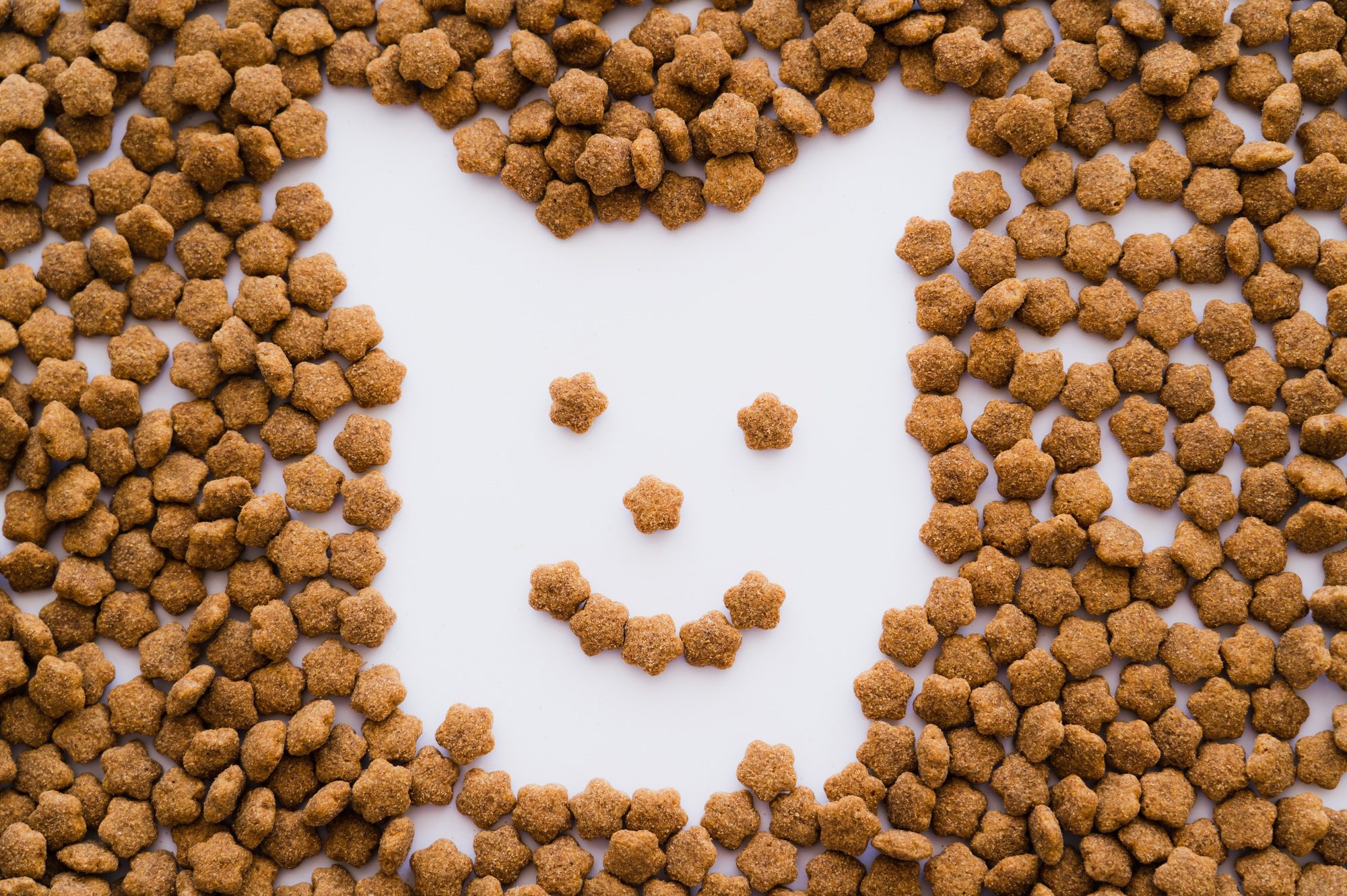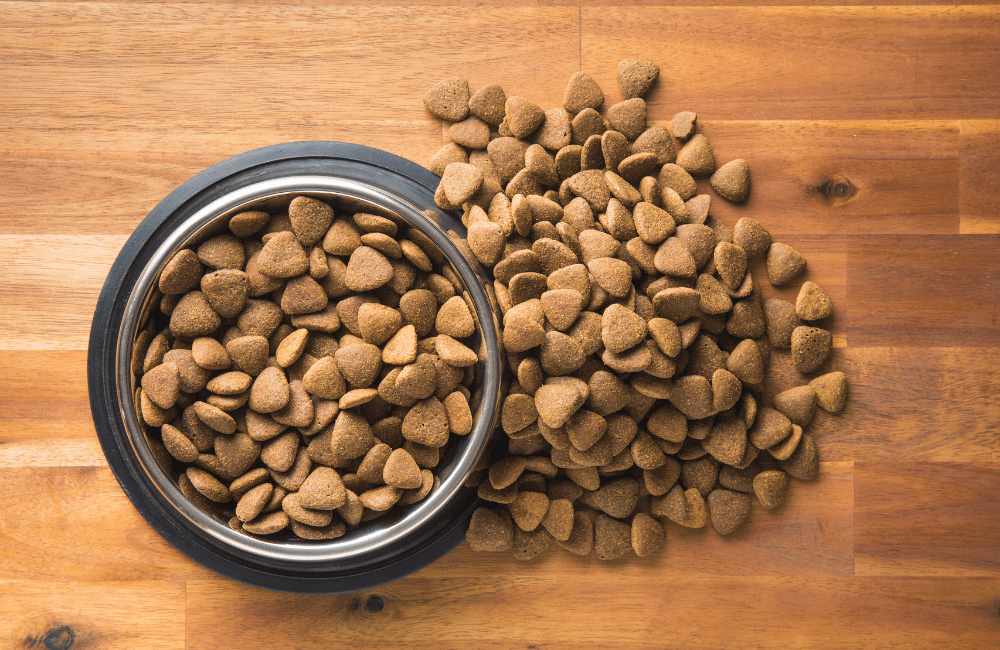Introduction: Nutritious pet food is an important part of a balanced diet for a pet’s health and longevity. This article will discuss what nutritious pet food is, types of pet food available, and factors to consider when choosing pet food. It will conclude with advice on how to ensure that pet owners provide their pets with the best nutrition possible.
I. Introduction to Nutritious Pet Food
A. Definition of Nutritious Pet Food
Nutritious pet food is food specially formulated to meet the nutritional needs of a pet. Since cats and dogs have different dietary needs, pet food can be either species-specific or a combination of both. The food should contain all the necessary vitamins and minerals in the correct proportions to give your pet the nutrition they need for a healthy life. Additionally, pet food should be palatable, meaning your pet actually wants to eat it.
B. Benefits of Nutritious Pet Food
Providing your pet with a nutritious pet food can prevent health issues such as obesity, joint problems, dental diseases, and other ailments. It can also give them more energy and improve their overall wellbeing. Regularly feeding your pet nutritious food can also help you save money in the long run, as it reduces trips to the veterinarian due to health problems.
II. Types of Nutritious Pet Food
A. Dry Pet Food
Dry pet food is typically the most economical form of pet food and doesn’t require refrigeration. It is composed of kibble, usually made from grains or rice, oil, minerals, and preservatives. Some brands also include pieces of fruits and vegetables, proteins, and carbohydrates.
B. Wet Pet Food
Wet pet food is often more expensive than dry food but is easy to digest and can help to keep your pet hydrated. It typically contains more protein than dry food and comes in cans or pouches. Wet pet food is usually processed and contains additives such as colorants and flavor enhancers.

C. Home-Cooked Pet Food
Making your own pet food can be time-consuming but allows you to control exactly what goes into it and can be the healthiest option for your pet. Pet owners should consult veterinary nutritionists or do extensive research before preparing homemade pet food to ensure the correct balance of nutrients.
III. Factors to Consider When Choosing Pet Food
A. Nutritional Value
When choosing pet food, the first consideration should be the nutritional value. Look for foods that meet your pet’s individual dietary needs. Pet food labels must list the ingredients and the nutritional content in the form of crude protein, fat, fiber, carbohydrates, and other minerals. Quality pet foods will typically also list the individual amino acids, fatty acids, and other nutrients contained in the food.
B. Price
Price is another factor to consider when choosing pet food. Higher-quality food typically costs more than generic brands, so it’s important to shop around to find the best deal.
C. Quality of Ingredients
The quality of the ingredients used in the pet food is also important. Look for pet food that uses natural ingredients and has no artificial colors, flavors, or preservatives. In addition, try to find pet food made with humanely raised proteins, such as organic or cage-free animals.
IV. Conclusion
A. Summarize Benefits of Feeding Your Pet Nutritious Food
The benefits of providing your pet with a nutritious diet are clear. With the right balance of nutrients, cats and dogs can enjoy a long and healthy life.
B. Encourage Pet Owners to Do Further Research on Pet Food
Pet owners should research their pet’s nutritional needs and understand what ingredients are best for their pet. Reading pet food labels carefully and consulting with a veterinarian or pet nutritionist are also good steps to take.
C. Suggest Ways to Find to Properly Balanced Pet Food
When looking for a properly balanced pet food, look for one that meets your pet’s individual dietary needs, uses quality ingredients, and is within your budget. Additionally, pet owners should consider looking into home-cooked pet food if they have the time and resources to create a balanced meal for their pet.













